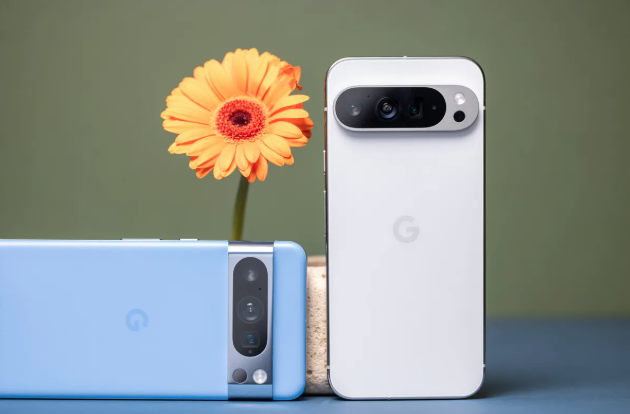AI is the biggest change in smartphone photography in 2024.
The best phones of 2024, including the iPhone 16 Pro, Galaxy S24 Ultra, and Pixel 9 Pro, all have one thing in common: great camera setups. Their camera clusters are all capable of taking stunning photos that rival those taken by professional cameras.
But last year’s phones barely changed in terms of camera hardware. What was new was the deeper integration of AI into their shooting process. For professional photographers, that’s not exciting.
Illustration photo.
Google’s Pixel 9 Pro, for example, is a great phone with a sleek design and a powerful processor. And while its cameras are great, they use nearly identical hardware to last year’s Pixel 8 Pro. The biggest changes to the phone’s photography capabilities come in the various AI tools. Magic Editor lets users easily add or change elements to their images, while Pixel Studio lets you create countless images from prompts with bizarre results.
But most of Google's new tools involve post-capture image editing with some upgrades to aid in the actual image creation stage.
Apple has focused a little more on photography with the iPhone 16 by offering deeper control over color tones in the new Photographic Styles, but the camera hardware once again remains largely unchanged from its predecessor.

Illustration photo.
Then again, the Xiaomi 14 Ultra's amazing camera system earlier this year wasn't actually a 1-inch image sensor, nor was it entirely new. The Xiaomi Mi 12S Ultra launched with the same sensor size in 2022 as the Panasonic CM1 did in 2015.
So while there wasn't much news about new photography hardware this year, everyone had a lot to say about AI.
AI has been used in phone cameras for a long time, but not in the same way today. Apple’s DeepFusion technology for better colors, Google’s upscaling for sharper zoom photos, or even just the usual HDR exposure blending all use some form of artificial intelligence and machine learning. Even when you use the auto settings on your phone’s camera, the camera uses AI to some extent—using an algorithm to decide what settings to use to capture a scene “best.”
For the most part, this type of AI in phone cameras is useful, as it compensates for many of the shortcomings of a phone’s small image sensor. Multiple exposures can be instantly blended for better dynamic range, and noise-reduction algorithms result in brighter, sharper night mode images.

Illustration photo.
But many of the AI tools in photography over the past year have focused on creating unrealistic images. Instagram, Facebook, and Threads have become increasingly flooded with fake images that detract from the real photography process. After all, why bother reshooting a scene multiple times to capture a beautiful sunset when you can just fake it with AI?
According to experts, phone makers have stopped trying to improve cameras simply by including AI tools to compensate for the lack of real innovation — experimenting with software is cheaper than developing new hardware.
There’s still a big market for “real” photography, though. While phone cameras have destroyed the compact camera market, things are changing with a high-end compact like the Fujifilm X100VI. Even older generations of the X100 often sell for more used than new.


